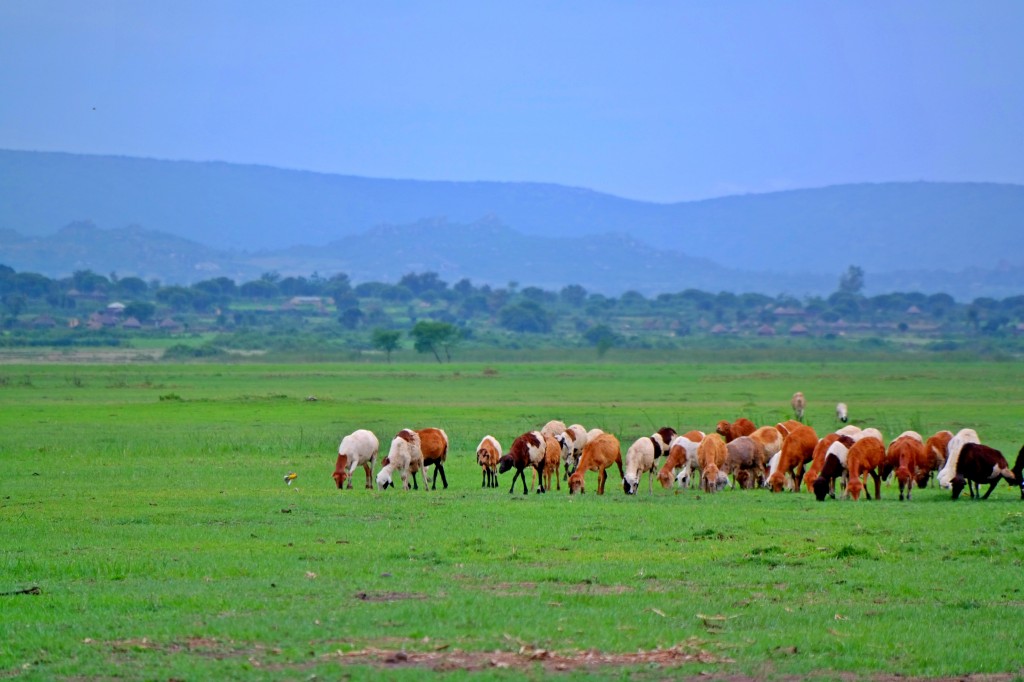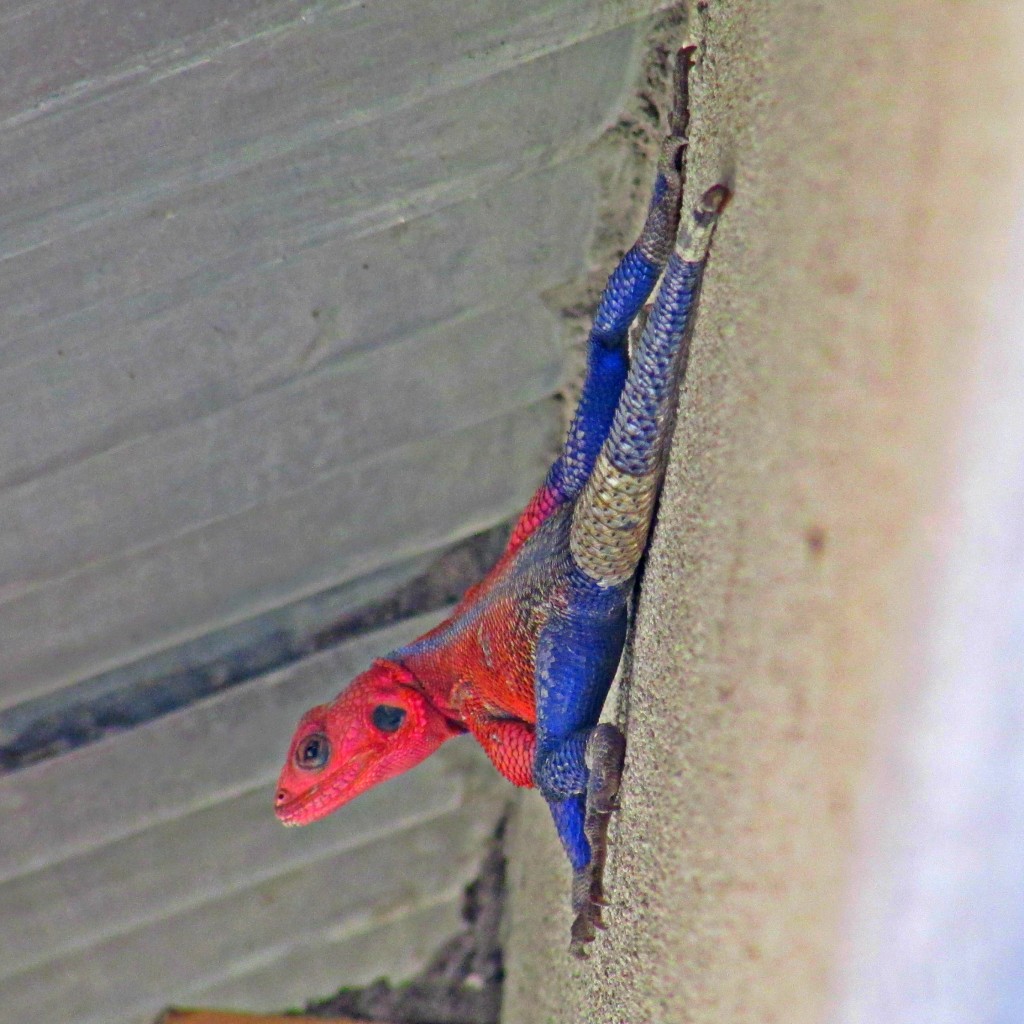Aside from people, many different types of lifeforms rely on the Mara River water resources and the type of ecosystems vary with the landscape throughout the basin. From the dry plains of the Serengeti National Park through the saturated Mara Wetlands to humid shores of Lake Victoria, microclimates and physical geography influence the animals and plants. The SELVA team documented informations from locals about plants and animals they use or see in the landscape. The team collected empirical data on domestic animals including cows and goats and wild animals such as hippos, crocodiles, and made note of a variety of different species of plants, fish, birds, and amphibians.
The ecosystems that exist in the Serengeti National Park, a protected ecosystem for East Africa’s iconic wild animals, include lions, elephants, giraffes, gazelle, zebra, hyenas and many other species that either are part of the migrating herds or are permanently in the landscape. The SELVA team traveled in and along the Serengeti for several days and saw lilac breasted rollers, giraffe, Thomson’s gazelle, zebra, Agama lizards in mating season when the males display very bright colors like the image below (these are an invasive species in Florida, USA), hyrax, baboon, dik diks, mongoose, crested cranes, and wildebeest. The Serengeti landscape itself is covered in indigenous shrubs, bushes, grasses, and trees. This ecosystem is very different from the one that exists just outside the park border where agriculture has transformed the land, as written about in an earlier post about the importance of the Mara for the Serengeti Park. Outside of the protection afforded by the park, most of the wild animals and indigenous plants do not appear as prevalently in the landscape, if at all. Areas heavy with human populations are instead replaced with cleared land that supports edible crops, cash crops, and housing. Wild animals are not witnessed as often as domesticated animals.
The human landscape has transformed the local resources to support subsistence agriculture, cattle herding, and mining practices. Mono-cropping appears in some places where industrial farms have cleared land for cash crops such as tobacco. Many of the local farms grow a variety of edible crops for subsistence consumption. Much of the area’s natural forest has been cut down for firewood and charcoal production. When an animal, such as a hippo, does venture out of the park, local people tend to kill and eat it. Intense pressure from human activity has created stark divides between areas where wildlife can exist and where it is scarce.
Although some of the domestic animals kept by humans are in contrast and even competition with the resources access and equity, the wildlife persists in areas that are protected or uninhabited. Locals told us of a river goat – a species of deer or gazelle that persist along the river in the thick riparian vegetation. A variety of fish and bird species persists in the hard to access expanse of the Mara wetlands. Tanzanian law prohibits use of the land 60 meters approaching the river and prohibits harvesting of riparian vegetation, such as papyrus or reeds. While these laws are not 100% enforced, as the SELVA team saw throughout their field trip, the laws have made a big difference in areas where the laws have been enforced. The policy is thought to help with erosion reduction and it also provides habitat for diverse species to persist.
Learn Swahili language
twiga : giraffe | mbuzi : goat | ng’ombe : cow | mti : tree











Recent Comments